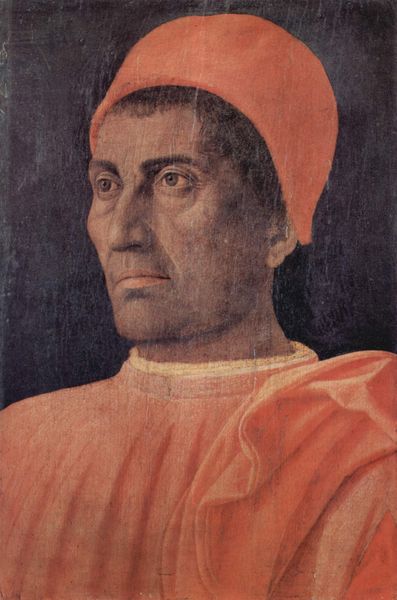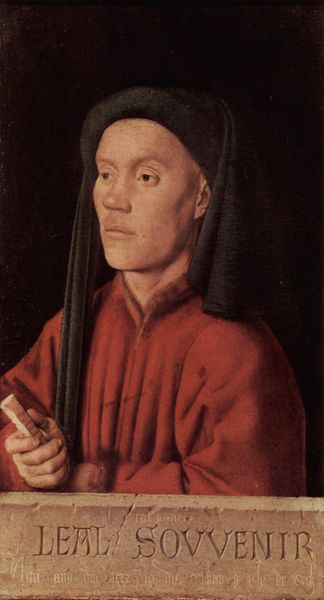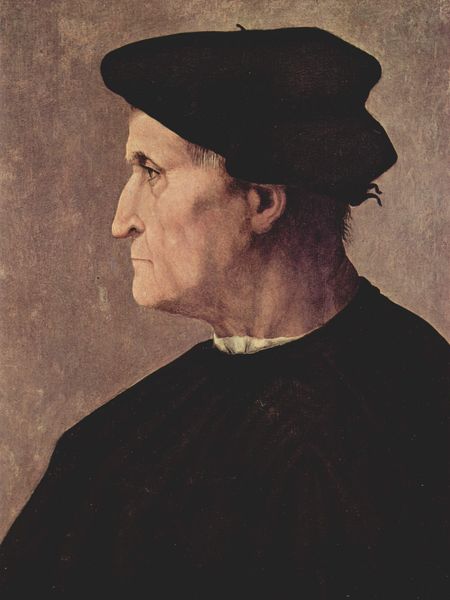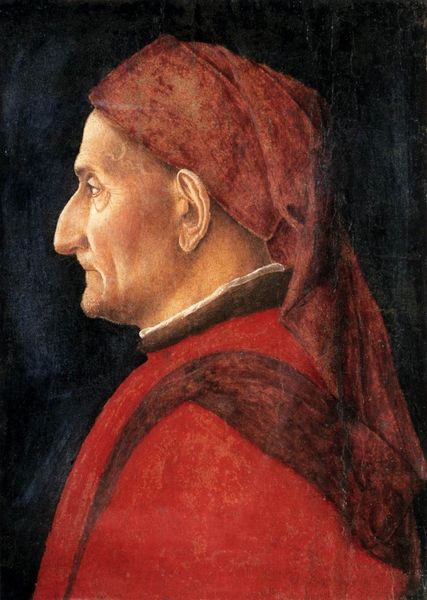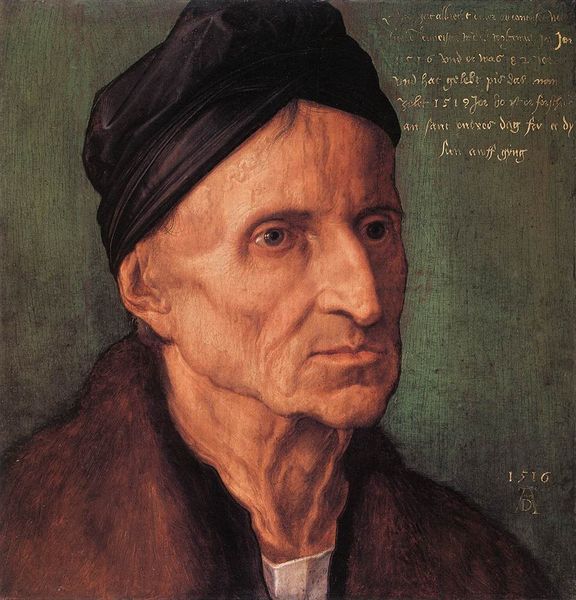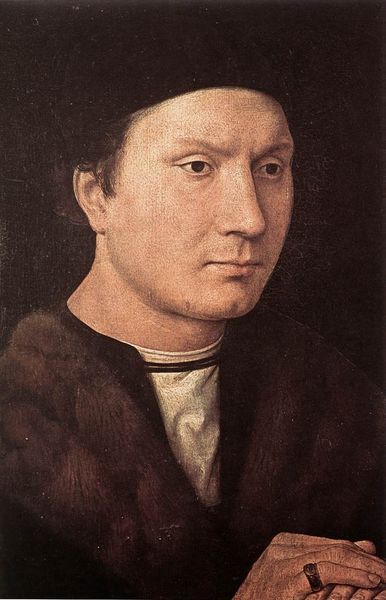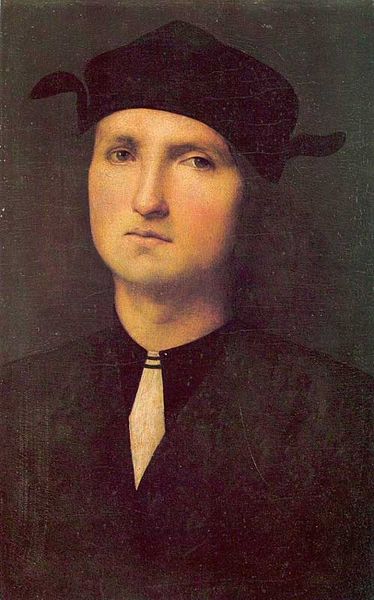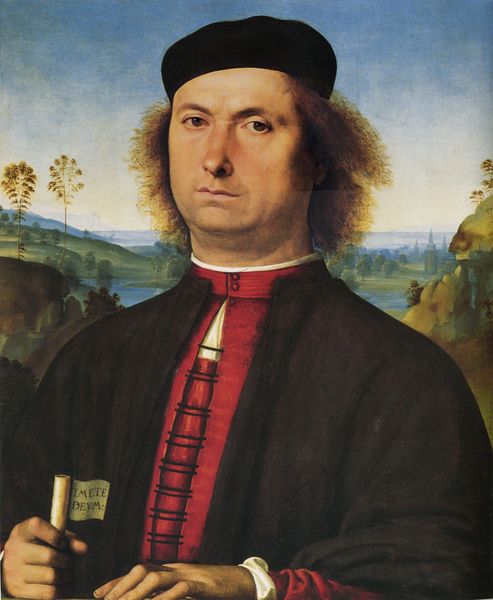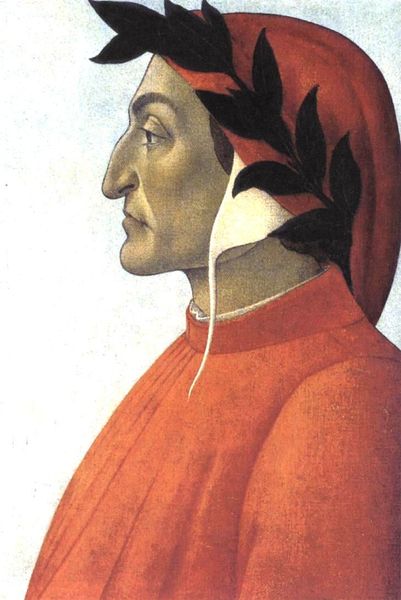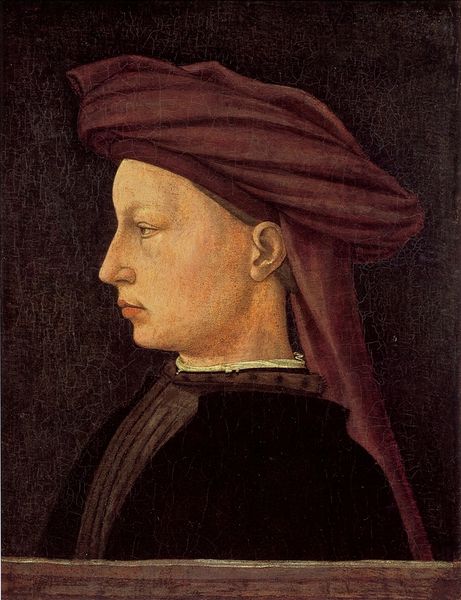
painting, oil-paint
#
portrait
#
painting
#
oil-paint
#
figuration
#
northern-renaissance
#
early-renaissance
Dimensions: 40.7 x 28 cm
Copyright: Public domain
Curator: I'm struck by the man's almost mournful expression, an inward gaze that suggests contemplation. Editor: Indeed. Standing before Robert Campin's "Portrait of a Man," crafted around 1430 and residing here at the National Gallery, we witness a fascinating example of early Netherlandish portraiture. He seems rather self-possessed for an oil painting on panel made almost six centuries ago. Curator: The turban-like head covering is visually arresting. Red is such a potent color. What did it symbolize at the time? It looks so similar to the style used by Jan van Eyck, Editor: The head covering, historians suggest, may have been part of contemporary fashion among the middle class, rather than bearing any direct symbolic meaning. Color was increasingly affordable for merchant patrons. These patrons could use the symbols of dress to display wealth and power. However, the introspective gaze, as you noticed, aligns with a broader humanist interest in the individual that was blossoming during the Early Renaissance. The precise brushstrokes add a lot of realistic weight to his brow. Curator: Ah, interesting, so maybe less intentional messaging, more accidental subtext because of its associations with other types of imagery? I see a stoic seriousness there. The wrinkles etched around his eyes tell a story. It gives him a realness beyond just being a painted face. Is he noble, perhaps? A merchant? Editor: Identifying the sitter definitively has proven elusive for historians, though theories abound. His attire suggests a man of some means, part of the rising merchant class perhaps. It marks an important shift in patronage toward private individuals, who in turn, would hold it within their families. Curator: And how that sense of individual identity translated into visual language is incredibly important for cultural studies, isn't it? Each of us interpreting based on our context too, creating a conversation across time. He is definitely the face of a man deep in thought, carrying the weight of his own experiences. I am sure that in itself creates value for a modern audience that seeks images with complex emotions on display. Editor: A vital observation. Through close study and informed discussion, we activate these portraits, constantly revisiting their social and personal narratives in our present day. These are powerful tools for analyzing social identity, class aspirations, and a moment in the transition from medieval to modern sensibilities.
Comments
No comments
Be the first to comment and join the conversation on the ultimate creative platform.

